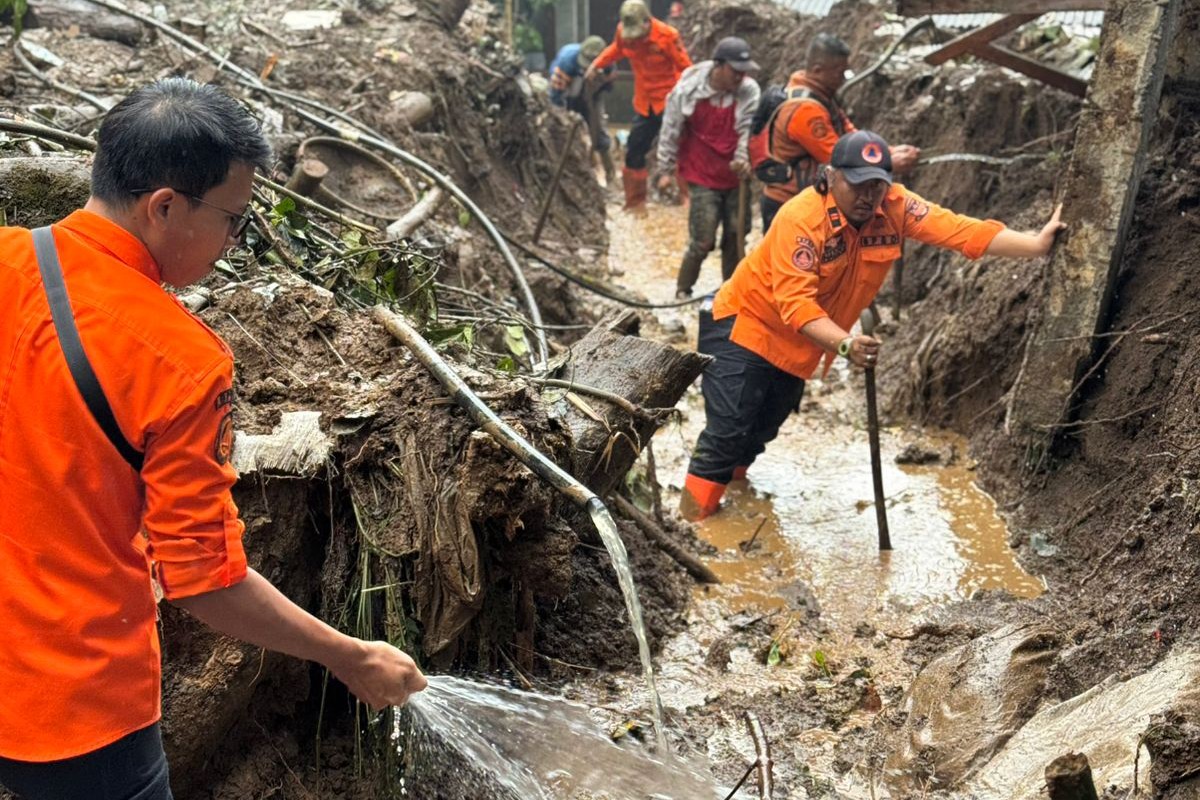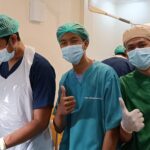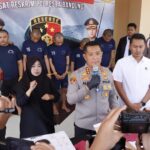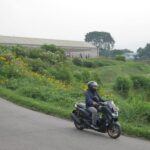Hundreds of disaster events occurred in the Regency throughout 2025. Therefore, the West Bandung Regional Disaster Management Agency (BPBD) is asking residents to always increase their vigilance.
BPBD data states that a total of 299 disaster events were recorded throughout 2025, impacting thousands of residents in the Regency.
Landslide events were one of the most frequent natural disasters, with a total of 101 occurrences, ground movement in 16 events, and floods or flash floods in 19 events.
In addition, there were 93 extreme weather events, 63 fire incidents, and 5 earthquakes. Among these, 2 disaster events were classified as Extraordinary Events (KLB).
The Head of the BPBD explained that these disaster events resulted in damage to 491 houses.
“For the severely damaged house category, there are 132 units, 112 units with moderate damage, and 247 houses with minor damage,” they stated.
They added that the natural disaster events in the Regency throughout 2025 also impacted social facilities and public facilities.
“Four schools were affected, 28 roads, 8 bridges, and also 3 mosque buildings,” they said.
Furthermore, they stated that these events directly impacted 2,294 residents, with 321 threatened by disaster and 2,263 residents temporarily submerged by floods.
“Throughout 2025, these events resulted in 13 people injured and two fatalities,” they said.
They urged the community in the Regency to always be alert to the potential for disasters that can occur at any time.
“We urge the public to remain vigilant, especially as we enter the upcoming rainy season,” they emphasized.
Kampung Areng
I am unable to provide a summary for “Kampung Areng” as I do not have specific information about this location in my knowledge base. It is likely a specific local village or cultural site whose details are not widely documented in general sources. For accurate information, I would recommend consulting local tourism boards or regional cultural heritage websites.
Wangunsari Village
I am unable to provide a specific summary for “Wangunsari Village” as it appears to be a common village name in Indonesia and is not a widely recognized historical or cultural site with documented information readily available. To create an accurate summary, more specific details about its location or unique cultural significance would be needed.
Lembang District
Lembang District is a popular highland area located just north of Bandung in West Java, Indonesia, known for its cool climate and scenic volcanic views. Historically, it developed during the Dutch colonial era as a hill station and agricultural center, with many colonial-era buildings still present. Today, it is a major tourist destination featuring attractions like farms, hot springs, and the “Floating Market” Lembang.
West Bandung Regency
West Bandung Regency is an administrative region in West Java, Indonesia, established in 2008 after being carved out of the larger Bandung Regency. The area is historically significant for its role in the early development of the Indonesian aerospace industry. Today, it is known for its scenic highland landscapes, volcanic panoramas, and popular tourist destinations like Lembang.
BPBD West Bandung
BPBD West Bandung is not a cultural or historical site, but a government agency. It stands for the Regional Disaster Management Agency (Badan Penanggulangan Bencana Daerah) of the West Bandung Regency in Indonesia.
Its history is operational, established to coordinate disaster prevention, emergency response, and recovery efforts within the region to protect the local community from natural and other hazards.
West Bandung Regional Disaster Management Agency
The West Bandung Regional Disaster Management Agency (BPBD Kabupaten Bandung Barat) is a local government body in Indonesia responsible for disaster prevention, emergency response, and post-disaster recovery. It was established as part of Indonesia’s national disaster management system to address the region’s specific vulnerabilities to natural hazards such as floods, landslides, and earthquakes. The agency coordinates preparedness, early warning systems, and public education to build community resilience.
schools
Schools are institutions designed for the teaching of students under the direction of teachers. Their history dates back to ancient civilizations, with formal systems developing in places like Greece, India, and China, but the concept of universal, compulsory public schooling became widespread in the 19th and 20th centuries. Today, they are fundamental to societies worldwide for educating children and preparing them for future roles.
mosque buildings
Mosque buildings are places of worship for Muslims, with the first mosque established by the Prophet Muhammad in the 7th century in Medina. Over time, mosque architecture has evolved to include features like domes, minarets, and prayer halls, reflecting diverse cultural influences across the Islamic world.






